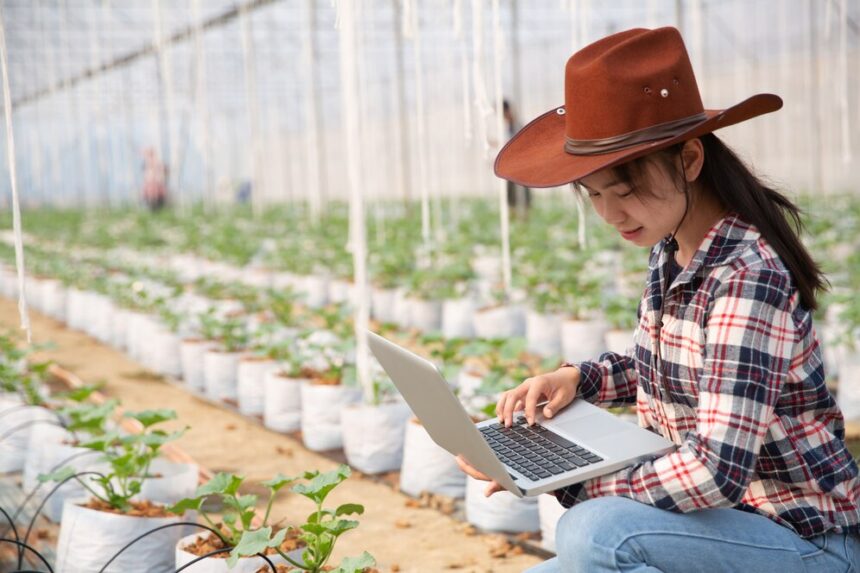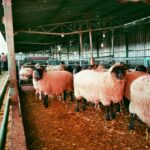China is at the forefront of agricultural technology, leveraging the Internet of Things (IoT) to transform traditional farming into a high-tech industry. Smart farms across the country use interconnected devices, sensors, and artificial intelligence (AI) to maximize production, reduce waste, and improve sustainability. As South Africa explores ways to modernize its own agricultural sector, China’s use of IoT in farming offers valuable lessons.
How IoT is Revolutionizing Chinese Agriculture
IoT technology allows Chinese farms to collect and analyze vast amounts of data in real time. This data-driven approach enables precision farming, optimizing resource use while increasing yields. Here’s how IoT is making a difference:
- Smart Irrigation Systems
IoT-enabled sensors measure soil moisture and weather conditions to determine the exact amount of water crops need. Automated irrigation systems then deliver water efficiently, reducing waste and conserving resources. - Automated Greenhouses
Many Chinese farms use smart greenhouses equipped with IoT sensors that regulate temperature, humidity, and CO₂ levels. These automated systems ensure optimal growing conditions, leading to faster crop cycles and higher yields. - Livestock Monitoring
IoT-powered wearable devices track animal health, movement, and feeding patterns. Farmers receive instant alerts if an animal shows signs of illness, allowing for quick intervention and reducing losses. - AI-Driven Pest and Disease Control
Smart farms use IoT-connected cameras and sensors to detect early signs of pest infestations or crop diseases. AI analyzes this data and recommends targeted treatments, reducing reliance on pesticides and improving crop health. - Supply Chain Optimization
IoT solutions help streamline logistics, tracking produce from the farm to distribution centers. This improves efficiency, reduces food waste, and ensures that fresh products reach consumers faster.
Lessons for South Africa
South Africa can adopt similar IoT-driven strategies to enhance agricultural productivity. Key takeaways from China’s smart farms include:
- Investing in IoT Infrastructure: Expanding rural internet access and supporting farmers with affordable smart sensors can accelerate IoT adoption.
- Encouraging Public-Private Partnerships: Collaboration between government agencies, tech firms, and farmers can drive innovation in agricultural IoT solutions.
- Training Farmers in Digital Agriculture: Providing education and resources on IoT farming practices will ensure effective implementation.
- Scaling Smart Farming for Smallholders: China has successfully integrated IoT in both large-scale farms and smallholder operations. South Africa can explore cost-effective solutions for small-scale farmers to benefit from smart farming.
The Future of IoT in South African Agriculture
As climate change and resource constraints challenge South African farmers, IoT technology offers a sustainable solution for increasing efficiency and resilience. By following China’s example, South Africa can develop its own network of smart farms, improving food security and driving agricultural growth in the digital age.
Join 'Farmers Mag' WhatsApp Channel
Get the latest Farming news and tips delivered straight to your WhatsApp
CLICK HERE TO JOIN






